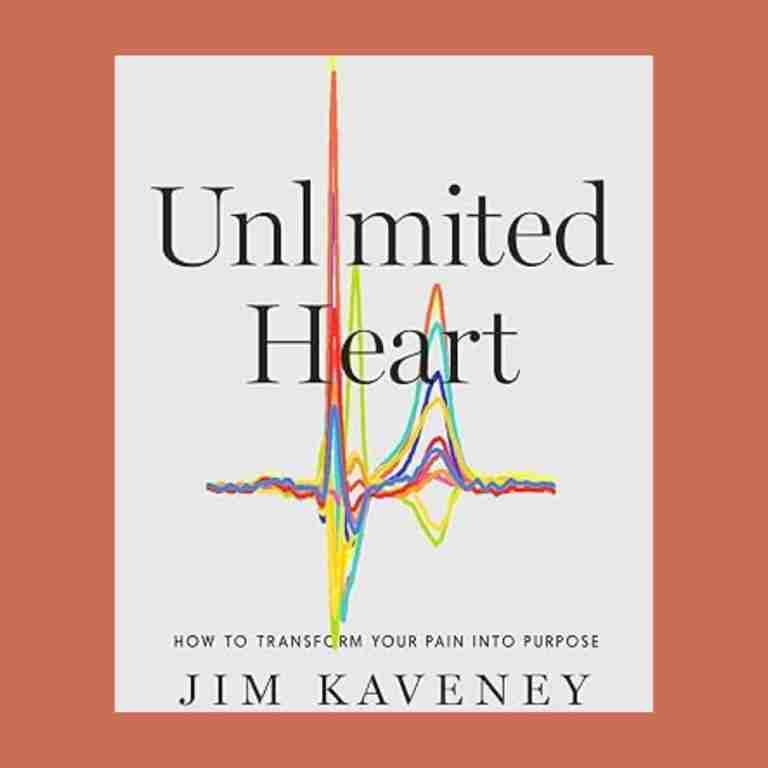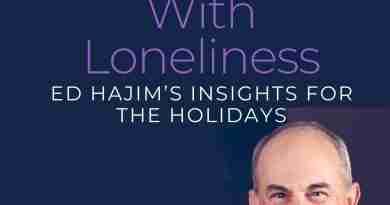The Truth About Resilience: More Than Just Bouncing Back
By: Jim Kaveney
Resilience is often misunderstood. We hear phrases like “water off a duck’s back,” implying that true strength comes from letting challenges roll off us without leaving a mark.
But is that really resilience? Or is it just avoidance? True resilience isn’t about pretending hardships don’t affect us. It’s about acknowledging their impact, learning from them, and continuing forward despite the weight they carry.
Resilience is not just about survival—it’s about transformation.
Throughout my life, I’ve had to pivot, stand tall amid chaos, and choose to bounce back even when challenges kept coming. I’ve learned that resilience isn’t avoiding the storm.
It’s allowing it to shape you into something stronger.
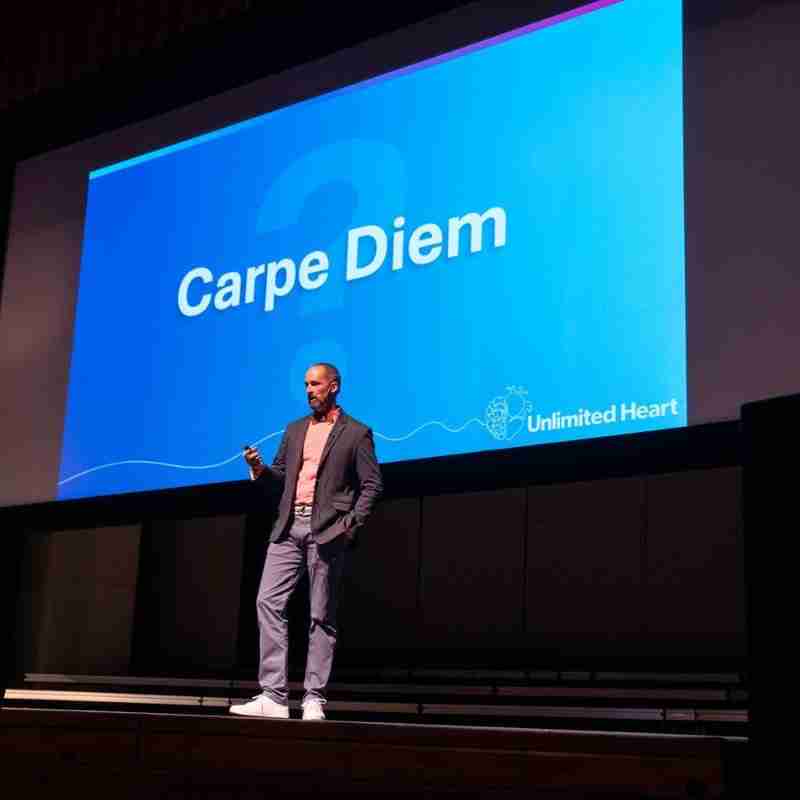
Resilience as the Ability to Pivot and Not Just Bounce Back
Sometimes, resilience means recognizing that the path you’re on isn’t the right one and having the courage to change course.
When I co-founded Alkemy Partners, I wasn’t doing it alone. I had a business partner, and together we envisioned a company that would transform pharmaceutical training.
We were building something meaningful, but then, suddenly, he decided to leave. Just like that, I was left with a business that had barely gotten off the ground and an overwhelming sense of uncertainty.
I was living out my worst fear—being ALONE!
Everything we had planned, every strategy we had built together, had to be re-envisioned. I had to decide if this was something I could carry forward on my own or if his departure would be the moment Alkemy came to a halt.
I had spent years avoiding this exact scenario. Yet, there I was, staring it down.
I chose to keep going.
It wasn’t easy. There were moments when I questioned everything—whether I was capable, whether the vision could still work, whether I even wanted to do this without a partner.
But resilience isn’t just about pushing forward blindly with a positive outlook; it’s about reimagining the future when the one you planned disappears.
I didn’t just keep Alkemy alive—I reshaped it entirely, building a company that stood on its own and ultimately grew stronger because of it.

Resilience as Standing Tall Amid Chaos
Sometimes, resilience is about holding your ground when everything around you is unstable.
Entrepreneurship was a constant lesson in resilience. Just when I thought Alkemy Partners had found its footing, the world turned upside down.
The COVID-19 pandemic threatened everything we had built. Clients paused contracts. Business plans were thrown into disarray. And for a while, the future of the company seemed uncertain.
But resilience isn’t about waiting for the storm to pass—it’s about navigating through it. Instead of panicking, we adapted. We leaned into what we did best, refocused our strategy, and ultimately found new opportunities amid the uncertainty.
Through persistence and adaptation, Alkemy Partners not only survived but thrived, eventually being acquired during the pandemic.
Resilience, in this case, wasn’t about bouncing back. It was about standing tall, even when the world around us was shifting. It was about staying steady and continuing forward, one step at a time.
Resilience as Choosing to Bounce Back Again (and Again)
Resilience isn’t a one-time decision. Sometimes, it’s about choosing to rise after every setback, even when challenges keep coming.
I’ve faced this reality many times, but never more so than in my ongoing battle with cardiac health.
My struggles with atrial fibrillation have forced me to confront my limits in ways I never imagined.
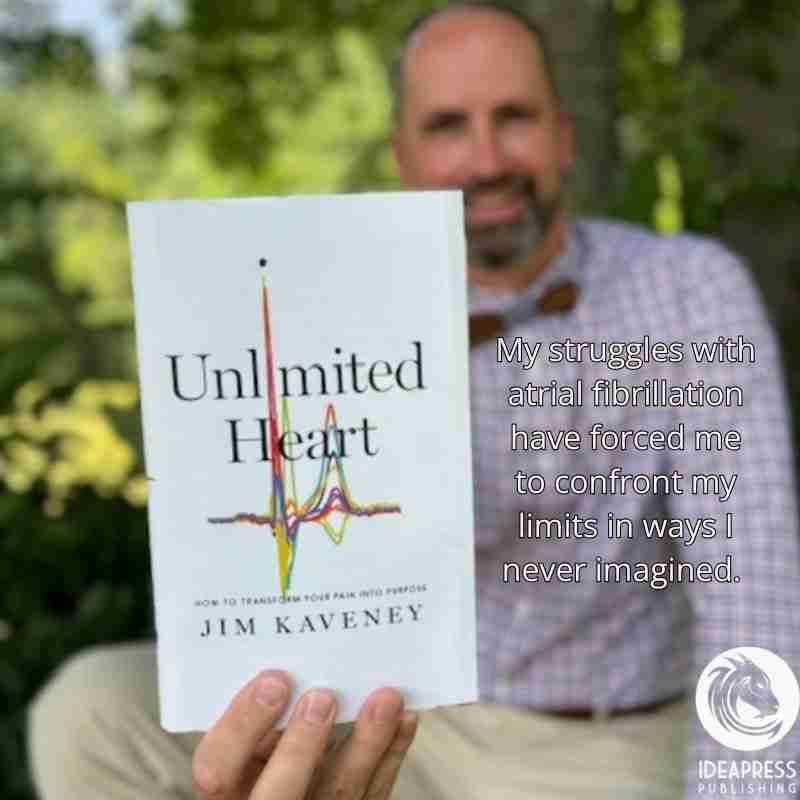
I’ve undergone multiple medical procedures, from ablations to the implantation of a pacemaker, each one meant to stabilize my heart and allow me to live a normal life.
And yet, time and time again, complications arose. Just when I thought I was finally on solid ground, another challenge would come.
It would have been easy to give in. To let the uncertainty win.
And on occasion, this was a much more tempting offer.
But resilience isn’t about avoiding difficulty; it’s about choosing to move forward, even when the road ahead feels unpredictable.
One of the hardest nights of my life was the Christmas Eve when my heart went into a dangerous rhythm. What should have been a peaceful evening with my family turned into an emergency.
I was rushed to the hospital, facing the uncertainty of whether my heart would cooperate this time. But I made it through. And when the next challenge came, I faced that one too.
Resilience isn’t about never falling. It’s about getting back up. Again and again and again.
And sometimes, even again.

Resilience as Vulnerability and Learning from Being Affected
The biggest misconception about resilient people is that they are not affected by hardship. But real resilience is about allowing yourself to be affected—and growing because of it.
For years, I tried to push through my health struggles without acknowledging their emotional toll. I told myself that if I just kept working, kept pushing, I could outrun the reality of my condition.
Keep working, keep pushing, and nothing else matters.
But resilience isn’t about pretending you’re invincible. It’s about accepting the impact of what you’re going through and using it to make better decisions.
Instead of ignoring my experiences, I leaned into them. I started sharing my story, connecting with others who had faced similar struggles, and working to build a community that empowers people to take control of their health.
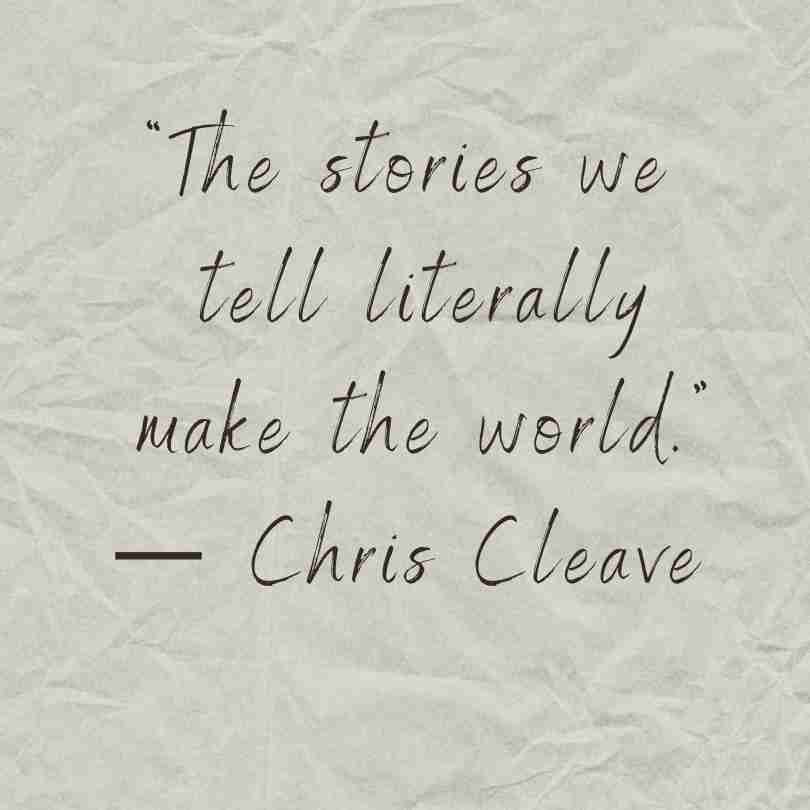
Resilience isn’t about shutting out the world. It’s about opening yourself up to it.
In my journey from entrepreneurship to battling a heart condition, I’ve learned that the strongest people aren’t the ones who pretend hardships don’t faze them.
They’re the ones who let those hardships shape them into something stronger.
Immensely Practical Tools That Helped Me Build Resilience Beyond Bouncing Back
If you’re wondering how to actually build resilience beyond the clichés, I’ll be honest: It’s a daily practice, not a switch you flip.
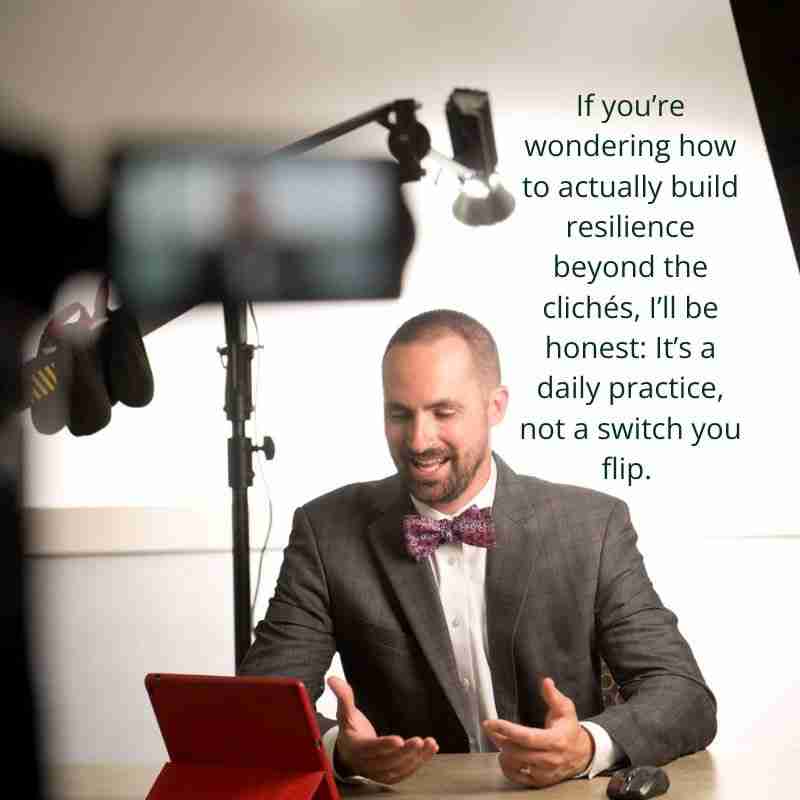
Over the years, I’ve relied on a handful of very practical tools that kept me grounded and improve my mental wellbeing, especially when things felt chaotic.
Hopefully, these coping strategies will help you improve your emotional resilience and better manage stress.
Tool #1: Movement to Build Inner Strength
One of the simplest (but most powerful) tools has been movement. When everything felt overwhelming—whether it was the weight of running a business, dealing with health setbacks, or personal struggles—I found that physical movement, in any form, gave me just enough clarity to keep going.
It wasn’t about crushing a perfect workout every day. Sometimes, it was a simple walk around the block with my dog.
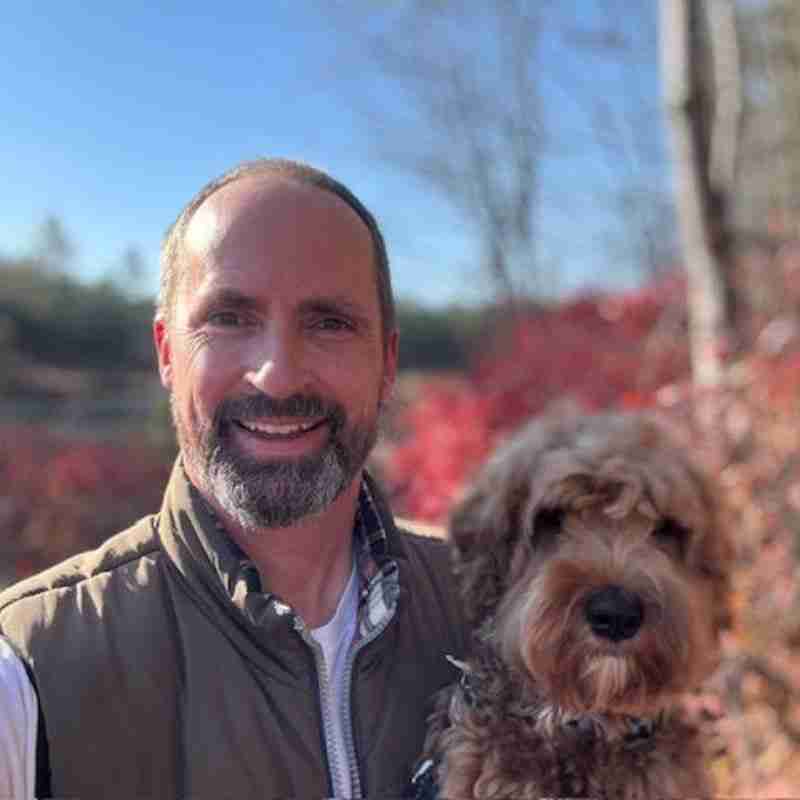
Other times, it was hitting the gym, breaking a sweat, and letting some of that internal pressure release through my body instead of letting it build up in my head.
Moving physically helped me process emotionally. It gave me space to feel the stress without being consumed by it.
Tool #2: Relying on Help and Support from Life’s Inevitable Bumps
Another essential tool was learning to lean on others. Not just professionally, but personally. Early in my career, I thought resilience meant going it alone, being the “tough guy” who didn’t need help.
It wasn’t until I started confiding in close friends and family that I realized resilience isn’t about isolation. It’s about connection. Having someone who could listen or offer perspective made all the difference.
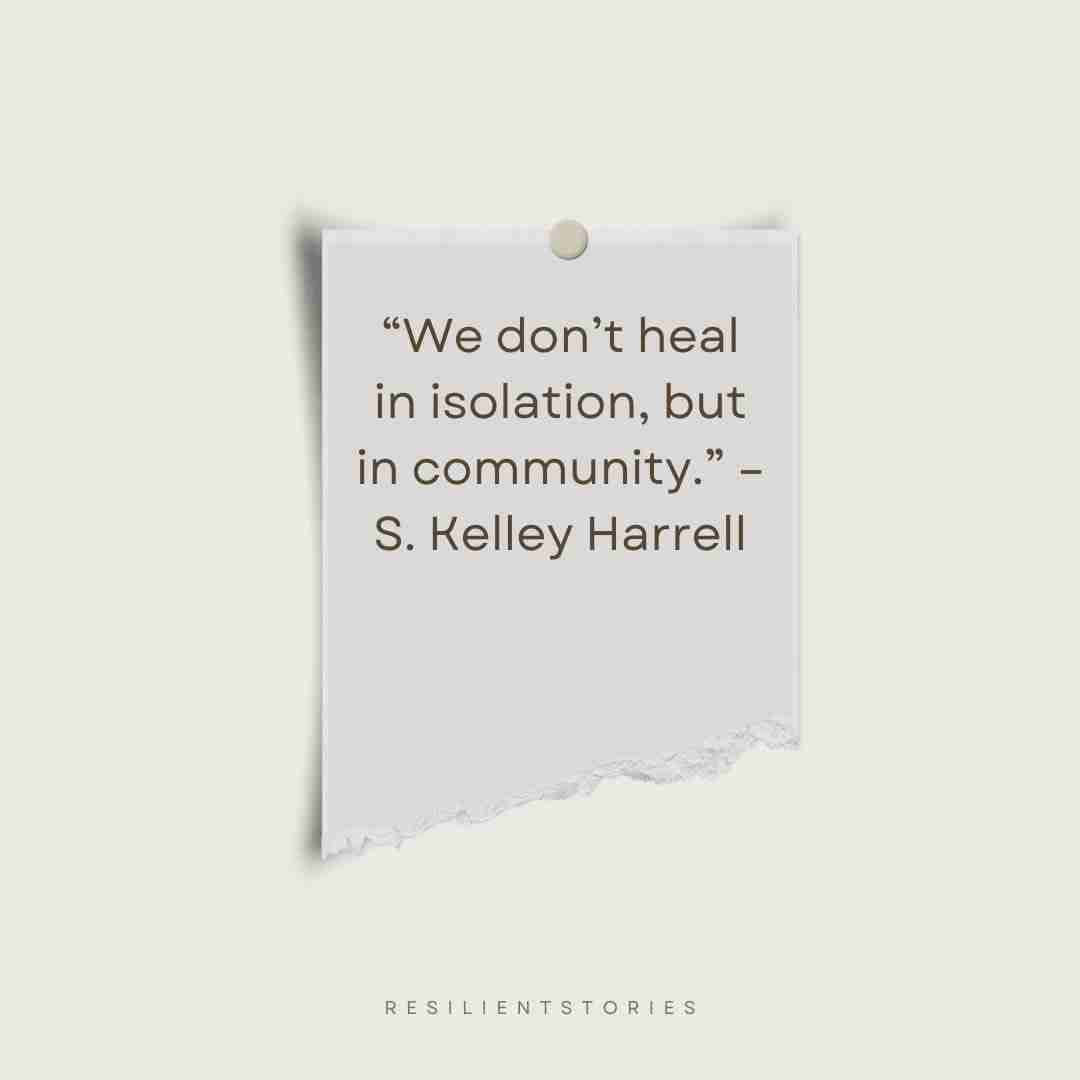
Vulnerability is not a liability. It’s a resource.
Tool #3: Mindfulness Practices Are Great For Mental Health
Mindfulness has also become an important tactic. I’m not someone who naturally gravitates toward stillness. Most entrepreneurs aren’t. We’re wired to fix, to act, to strategize.
But I found that taking just a few minutes every day to slow down, breathe, and feel what I was experiencing gave me more control than any to-do list ever could.
Mindfulness didn’t erase the chaos, but it helped me respond instead of react. It became a way to build internal space between the challenge and the action I took next.
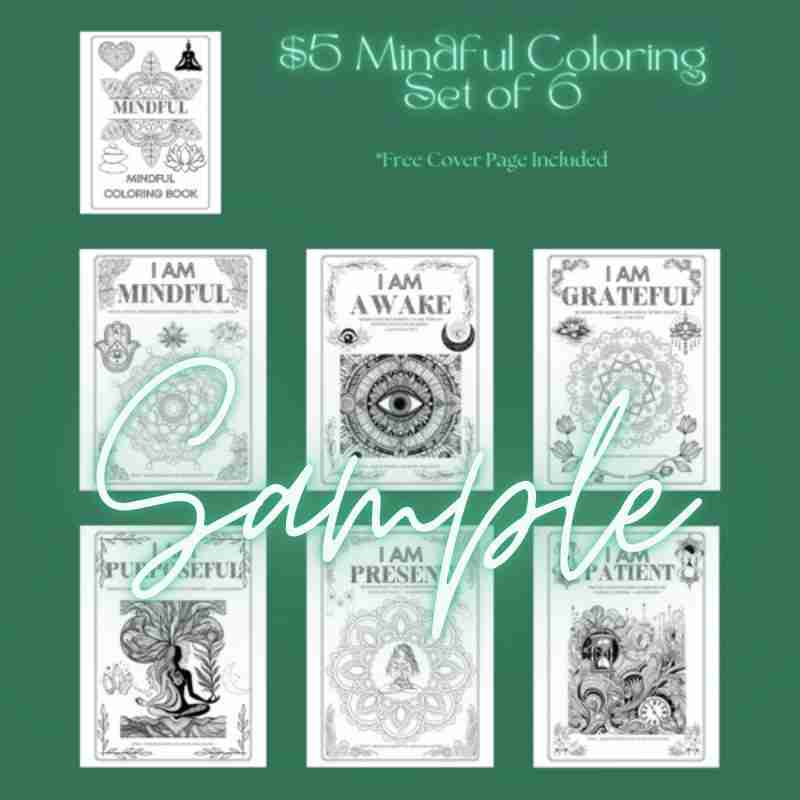
Tool #4: Maintaining Perspective During Tough Times
Lastly, another tool that helped me was remembering the bigger picture. Reminding myself of why I was doing all of this in the first place. When you’re caught up in the “go, go, go”, it’s easy to think that today’s disaster is going to define everything about your future.
But the truth is, today is just one page, not the whole story. I had to remind myself that tough moments, difficult meetings, or even long months didn’t cancel out the mission I was working toward.
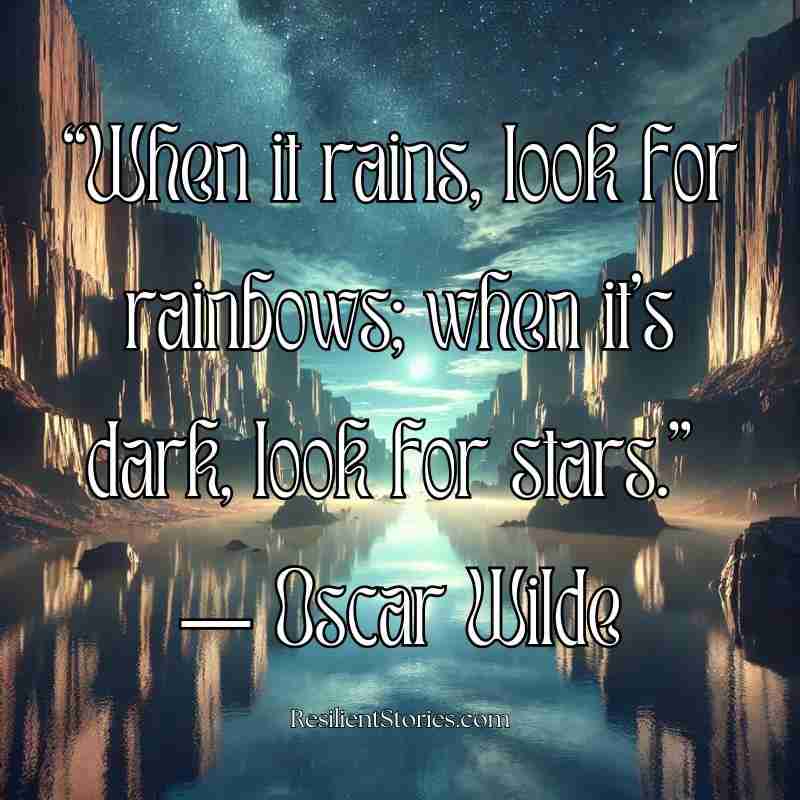
Whether it was building a business I believed in or fighting for my health so I could be there for my family, reconnecting with my long-term goals gave me perspective.
It didn’t erase the struggle, but put it in its rightful place.
Temporary. Not definitive.
Most importantly, it reminded me that I still had the power to influence tomorrow, no matter how today went.
So the next time you face life’s challenge, don’t just try to shake it off. Let it move you. Let it teach you. It can make you more resilient than you were before.
About Jim Kaveney
Jim Kaveney is all heart. As the founder of Unlimited Heart Health & Wellness—a collaborative organization of health care professionals accelerating cardiac innovation. He is also the author of Unlimited Heart: How to Transform Your Pain into Purpose (Ideapress, September 2024).
Jim has become a go-to expert in navigating the burgeoning worlds of digital therapeutics, global startup initiatives, and the mindset training required to tackle the pillars of a holistic work-health-faith-family-life balance.
Through his story, he hopes to empower others to find strength and resilience in the face of health challenges, while continuing to innovate and advocate for better patient care solutions.

